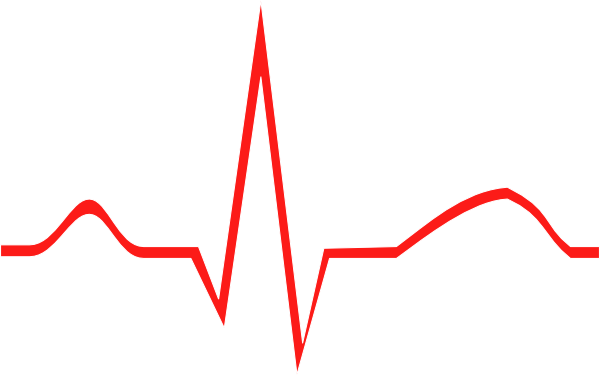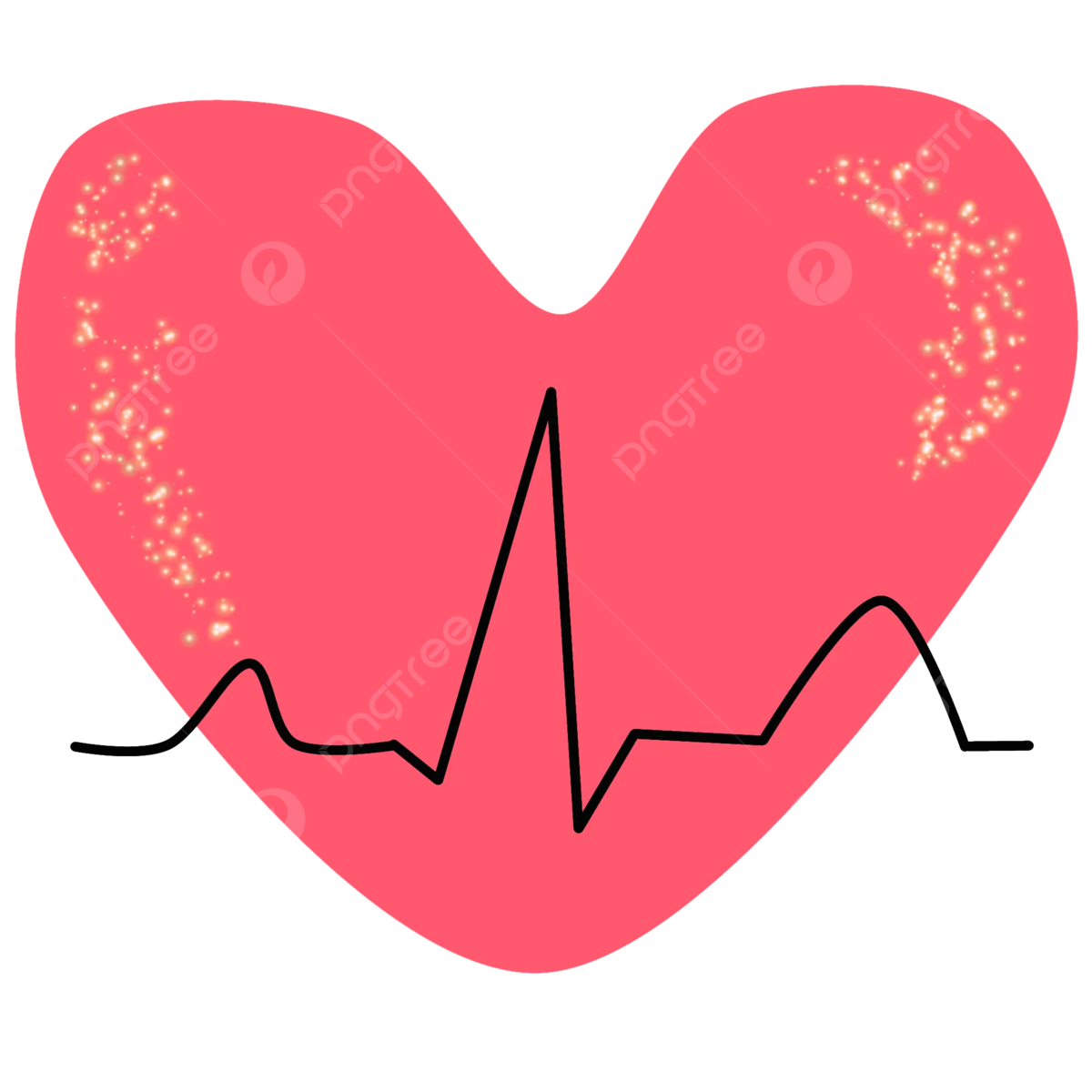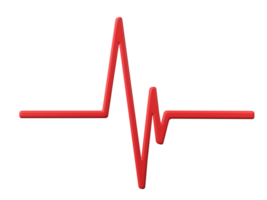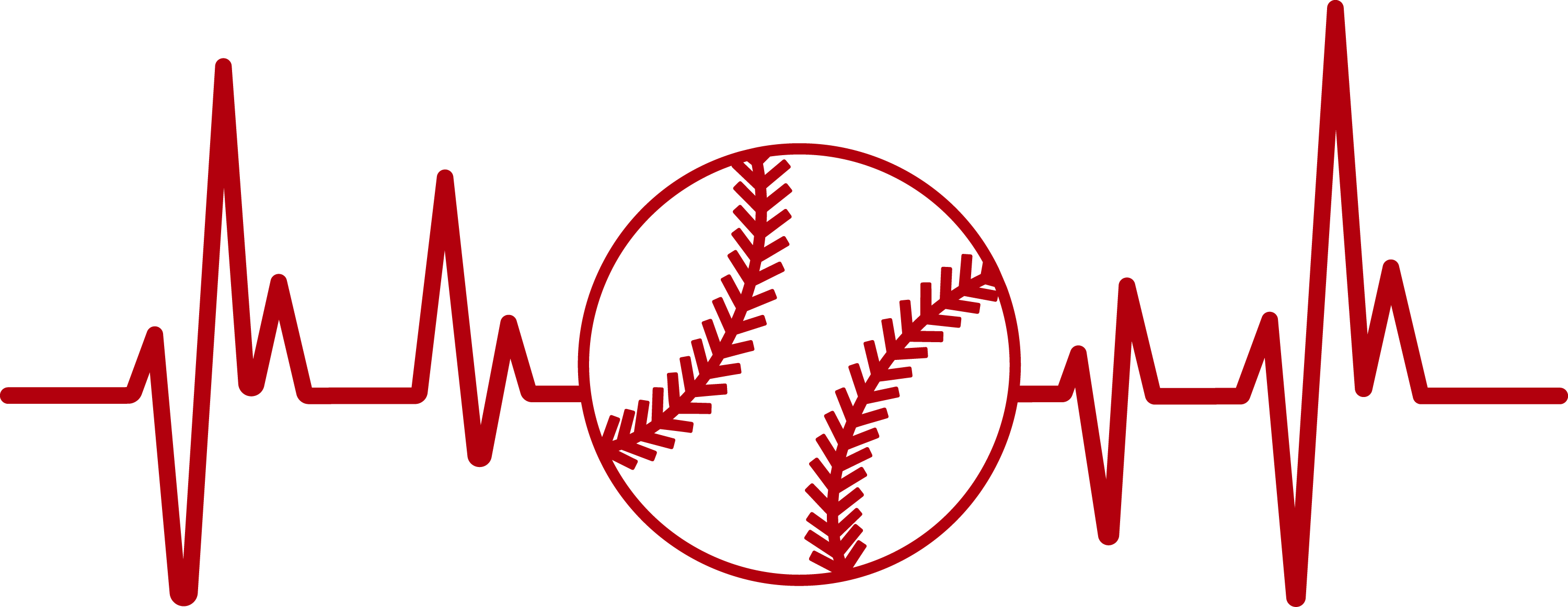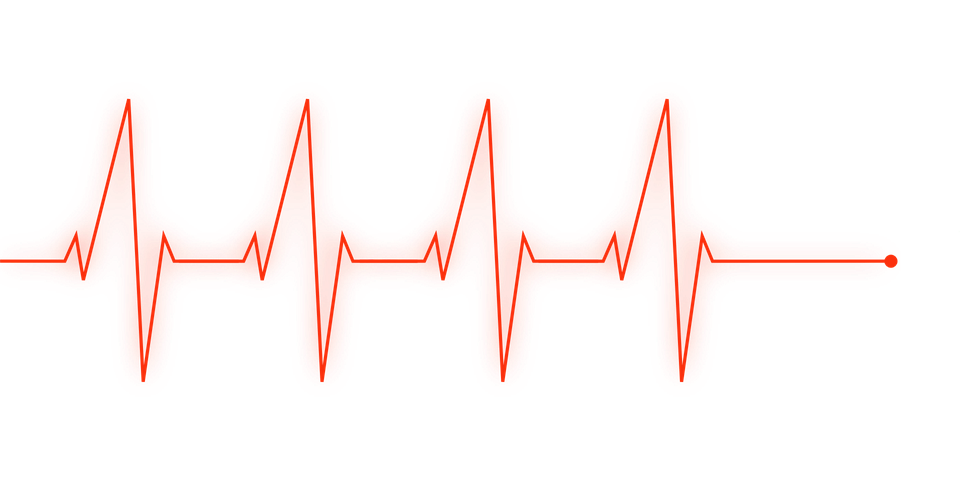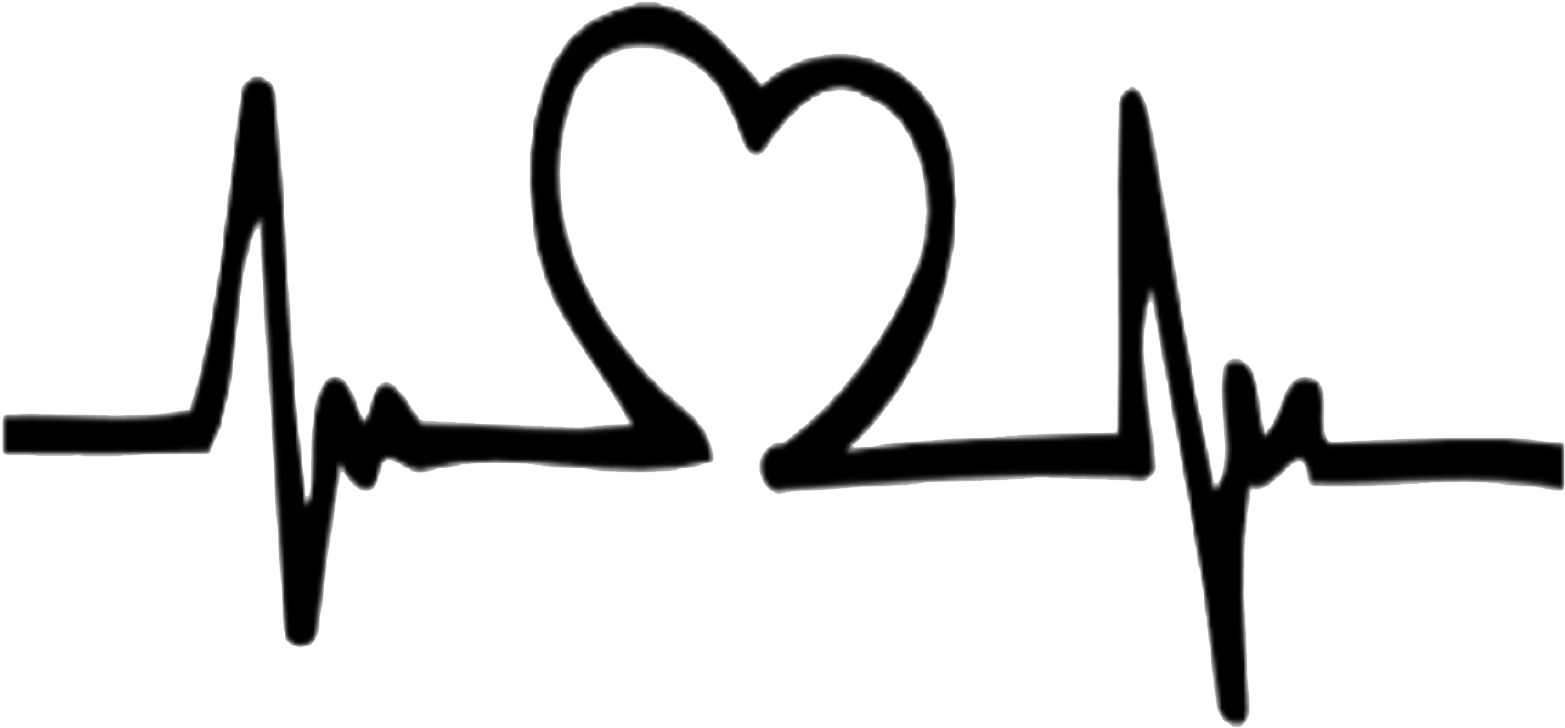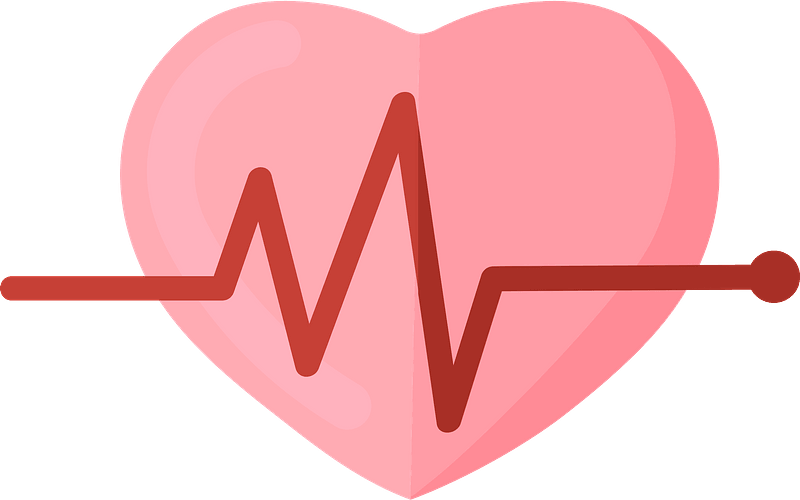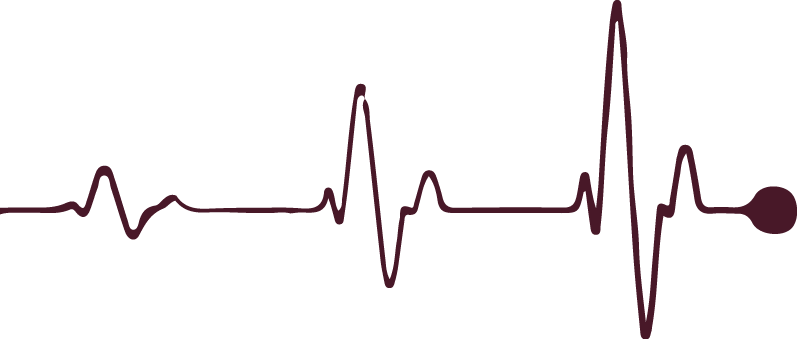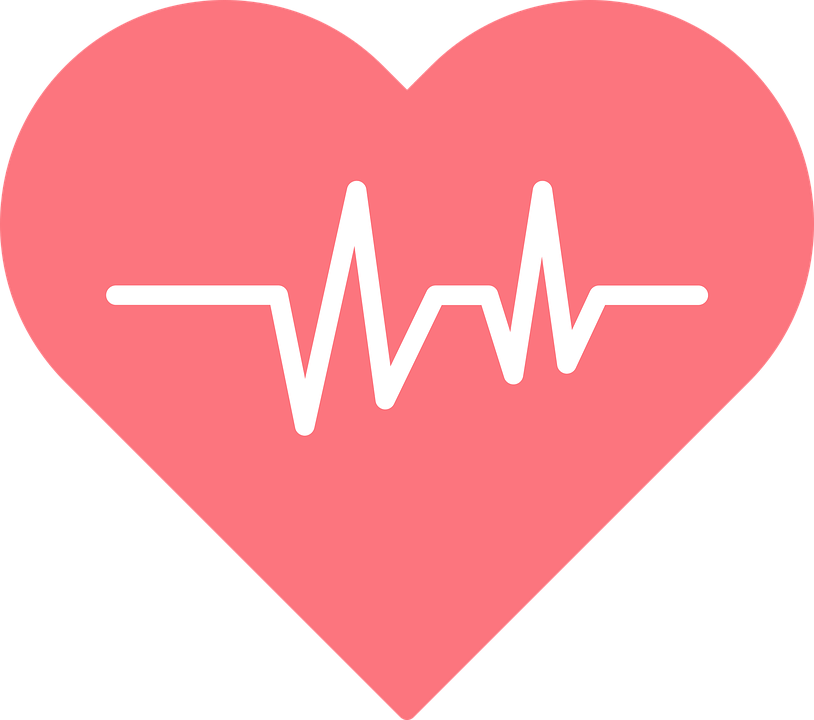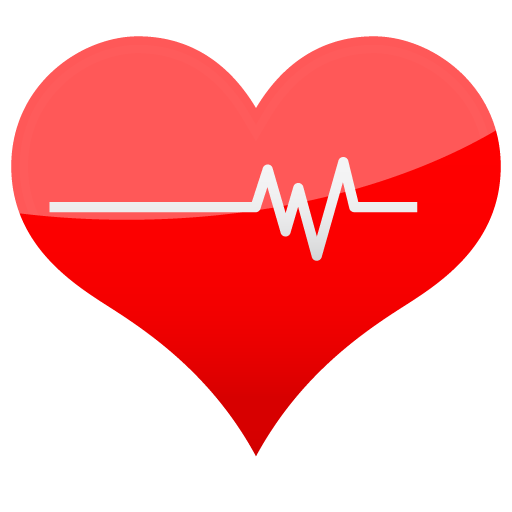Download top and best high-quality free Heart Beating PNG Transparent Images backgrounds available in various sizes. To view the full PNG size resolution click on any of the below image thumbnail.
License Info: Creative Commons 4.0 BY-NC
Heart beating is a natural process that occurs in the body to ensure that oxygen-rich blood is pumped throughout the body. The heart is a vital organ that performs this crucial function. It is essential to understand how the heart beats and what factors impact its normal functioning.
How the Heart Works
The heart is a muscular organ that consists of four chambers; the left atrium, the left ventricle, the right atrium, and the right ventricle. The left atrium receives oxygen-rich blood from the lungs, and the left ventricle pumps it out to the rest of the body. The right atrium receives oxygen-poor blood from the body, and the right ventricle pumps it back to the lungs to become oxygenated.
The heart muscles contract and relax in a particular sequence to facilitate this blood flow. The contraction is called systole, and the relaxation is called diastole. The heartbeat is determined by the electrical impulses generated by the heart’s pacemaker, the sinoatrial (SA) node. The SA node is located in the right atrium and sends electrical signals to the other chambers of the heart, stimulating them to contract and relax in a coordinated manner.
Factors that Impact Heartbeat
Several factors impact the heart’s normal function. These include:
1. Age
The heart’s ability to beat decreases with age due to thickening of the blood vessels and loss of elasticity in the heart muscles. This can lead to heart diseases such as heart failure, coronary artery disease, and arrhythmias. It is essential to maintain a healthy lifestyle, exercise regularly, and manage chronic health conditions to prevent heart disease.
2. Exercise
Exercising increases the body’s need for oxygen and, in turn, increases the heart’s need to pump more blood to meet the oxygen demands. Regular exercise strengthens the heart muscles, improves blood flow, and reduces the risk of heart disease. However, strenuous exercise can put a strain on the heart, leading to irregular heartbeats, especially in individuals with underlying heart conditions.
3. Stress
Stress can impact the heart’s rhythm by increasing the levels of the stress hormone cortisol, leading to an irregular heartbeat. Prolonged stress can also lead to hypertension and heart disease. Managing stress through techniques such as meditation, yoga, or spending time with loved ones can help reduce the risk of heart disease.
4. Genetics
Some heart conditions run in families due to genetic predisposition. Congenital heart diseases, inherited arrhythmia disorders, and familial hypercholesterolemia are examples of heart diseases that may be passed down through generations. It is essential to be aware of any family history of heart disease and receive regular check-ups to diagnose and manage these conditions.
Symptoms of Abnormal Heartbeat
Abnormal heartbeat, also known as arrhythmia, can manifest as palpitations, fluttering in the chest, or feeling as if the heart is skipping a beat. Other symptoms include shortness of breath, dizziness, and fainting. Arrhythmias can be caused by underlying heart disease, electrolyte imbalances, or hormonal changes. It is important to see a doctor if you experience symptoms of an irregular heartbeat.
The heart’s normal rhythm is essential for the body’s proper functioning, and any disruption can lead to serious health consequences. Understanding the factors that impact heart function, maintaining a healthy lifestyle, and seeking medical attention when necessary can prevent or manage heart disease effectively.
By taking care of our hearts, we can lead healthy and fulfilling lives, promote longevity, and live with vitality.
Download Heart Beating PNG images transparent gallery
- Heart Beating PNG Pic
Resolution: 1200 × 642
Size: 32 KB
Image Format: .png
Download
- Heart Beating PNG Picture
Resolution: 600 × 375
Size: 24 KB
Image Format: .png
Download
- Heart Beating PNG
Resolution: 1200 × 1200
Size: 288 KB
Image Format: .png
Download
- Heart Beating Transparent
Resolution: 803 × 371
Size: 19 KB
Image Format: .png
Download
- Heart Beating
Resolution: 512 × 512
Size: 19 KB
Image Format: .png
Download
- Heart Beating Background PNG
Resolution: 267 × 200
Size: 10 KB
Image Format: .png
Download
- Heart Beating No Background
Resolution: 3000 × 1162
Size: 98 KB
Image Format: .png
Download
- Heart Beating PNG Clipart
Resolution: 960 × 480
Size: 155 KB
Image Format: .png
Download
- Heart Beating PNG Cutout
Resolution: 1565 × 728
Size: 142 KB
Image Format: .png
Download
- Heart Beating PNG File
Resolution: 800 × 500
Size: 17 KB
Image Format: .png
Download
- Heart Beating PNG Free Image
Resolution: 480 × 480
Size: 22 KB
Image Format: .png
Download
- Heart Beating PNG HD Image
Resolution: 797 × 339
Size: 12 KB
Image Format: .png
Download
- Heart Beating PNG Image File
Resolution: 800 × 571
Size: 11 KB
Image Format: .png
Download
- Heart Beating PNG Image HD
Resolution: 814 × 720
Size: 62 KB
Image Format: .png
Download
- Heart Beating PNG Image
Resolution: 512 × 512
Size: 28 KB
Image Format: .png
Download
- Heart Beating PNG Images HD
Resolution: 512 × 512
Size: 7 KB
Image Format: .png
Download
- Heart Beating PNG Images
Resolution: 512 × 512
Size: 12 KB
Image Format: .png
Download
- Heart Beating PNG Photo
Resolution: 1920 × 954
Size: 30 KB
Image Format: .png
Download
- Heart Beating PNG Photos
Resolution: 960 × 440
Size: 14 KB
Image Format: .png
Download

